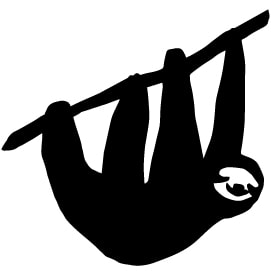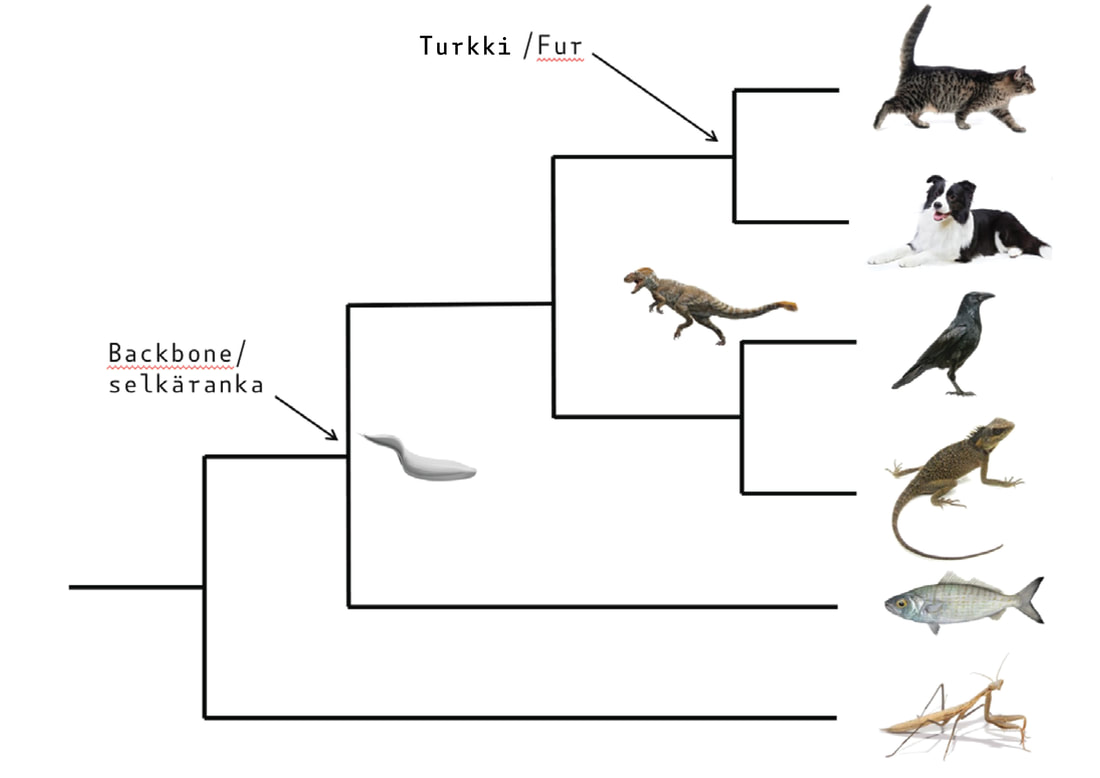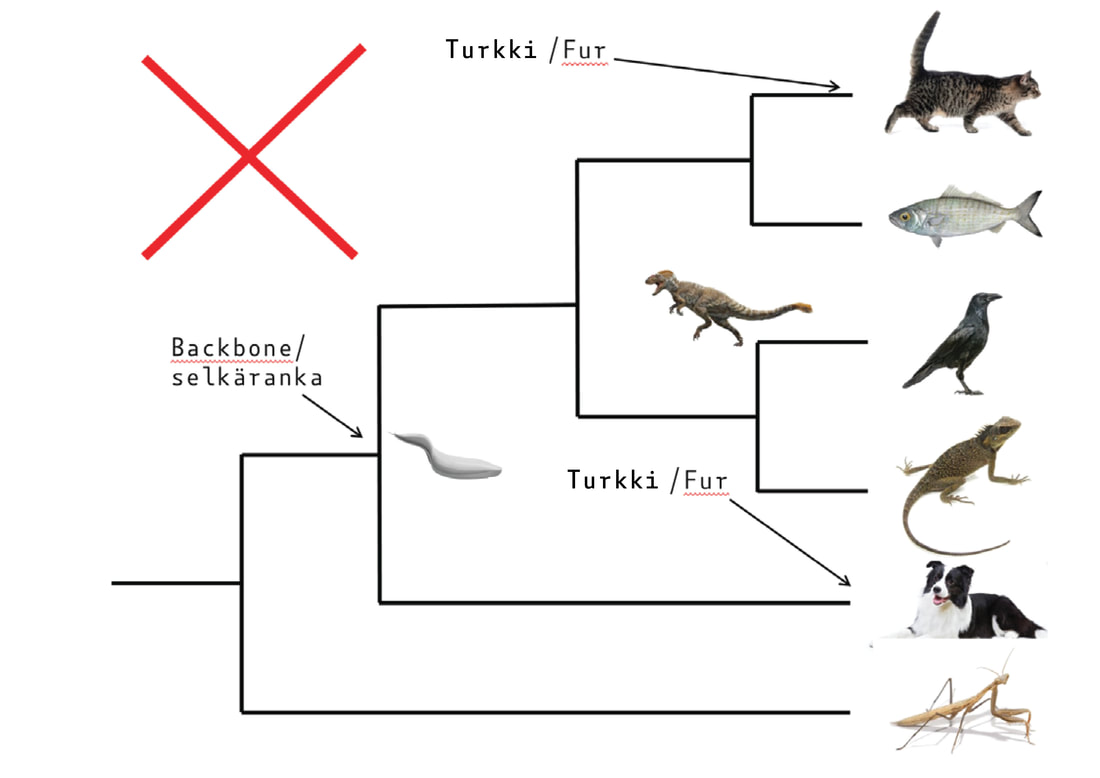Evolutiivinen
kehityshistoria
ja aika
|
Pokémon Evolution Game
The aim of this game is to teach participants: 1) how phylogenies are made 2) the idea of common ancestors and 3) the concept of parsimony (i.e. economy of explanation). By using Pokémon (which children are very familiar with) this activity allows children to be the experts when building a phylogeny of Pokémon. Since pokemon did not actually evolve there is no wrong tree, instead participants should be encouraged to decide for themselves which traits are most important. – – – – – – – – – – |
|
Equipment:
* You can prepare set of Pokémon sheets based on game (should have 10-11 different Pokémon) * Example phylogenies * Non-permanent markers * Paper and colour pencils (optional) * Large tables or floor space * Pokemon phylogeny poster – – – – – – – – – – Instructions: Start with the example phylogeny with real animals. Explain that this is a tree that shows evolutionary relationships. Where the vertical lines meet is a shared ancestor. These ancestors likely had traits that their decedents share (for example fur or backbones). Use these examples to explain that we assume cats and dogs are more closely related to each other than the other animals because they both have fur, thus their ancestor probably also had fur. |
|
Now use the incorrect example tree to show the difference between a good (parsimonious) tree and a bad one. If dogs and cats are not put together fur now has to evolve twice. You can say that while pokemon often evolve fast in the real world evolution is very slow, so the tree with the fewest changes is the most likely. |
|
Now give the person or small group a set of cards with the diferent pokemon and ask them to make their own tree. For younger participants start by asking them to put together pairs of groups of pokemon that they think are most similar. Then arrange the groups with the more similar ones closer together. If they are unsure of how to lay out their pokemon refer them back to the example phylogeny. They may need a large space to do this. Once they have their Pokémon lined up, with more similar ones next to each other, they can use the mystery Pokémon cards to represent the ancestral Pokémon. They can draw on these cards in non-permanent marker and either write (or draw) traits the ancestor probably had based on its descendants. Once they have made their tree encourage them to either draw it (using the paper and pencils provided) or take a photo. Then encourage them to look at the pokemon phylogeny poster (made using the same software programs as real phylogenies by a group of scientists in the US) to see it if grouped pokemon together the same way they did. It’s interesting to keep track of the different ways they classify the pokemon, one of the most common ways is using the types, but other ways participants have classified them are: a) by traits such as leg number, tails and ears, b) based on the real animals the pokemon are based on or c) based on life-cycle, as well as combinations of all strategies. Optional follow-up activities: 1. draw an ancestral Pokémon from your tree 2. collect all the trees and make a consensus tree |
|
– – – – – – – – – –
Our materials are licensed under the Creative Commons Attribution-ShareAlike 4.0 International License: http://creativecommons.org/licenses/by-sa/4.0/. It means you can use our materials freely, but please remember to always credit our work and mention us whenever you are sharing contents of our project online: Instagram: @evolution_in_action, Facebook: @evoluutiopajat, Twitter: @EvoWorkshops. If you use our materials in teaching, we are happy to hear greetings and feedback. You can tag us on social media or send us an email: [email protected] Evolution in Action logo: jpeg, eps |


